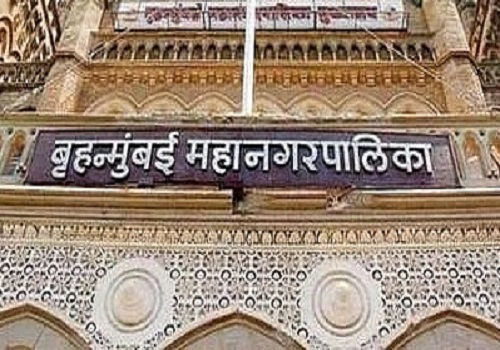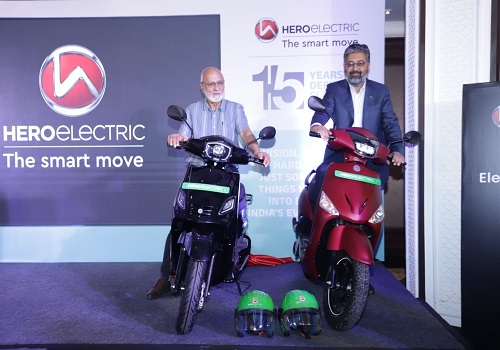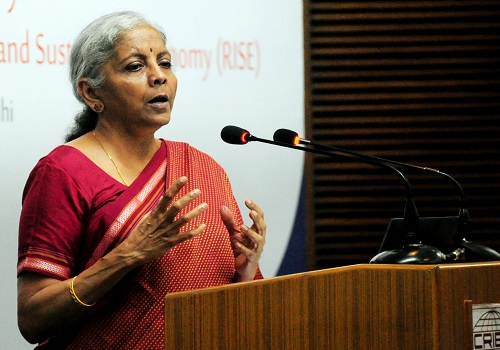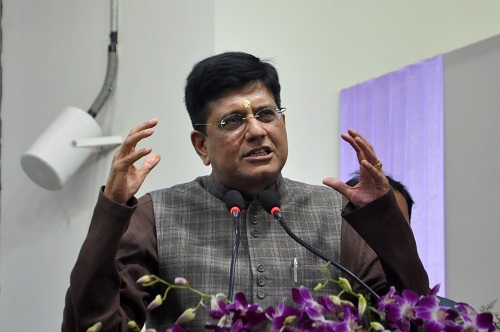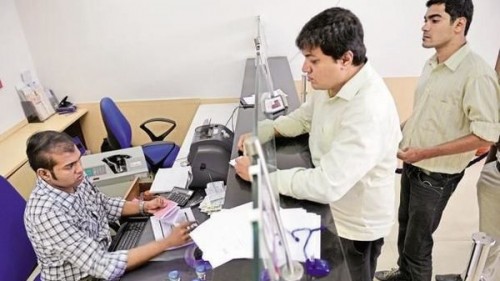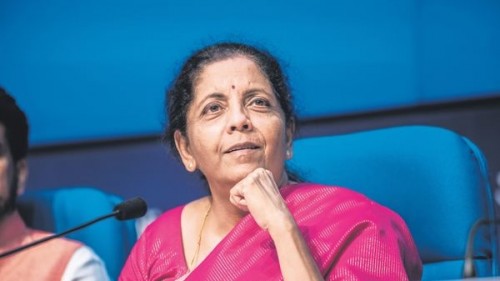Opinion | Let this budget be a tide taken at the flood for reforms
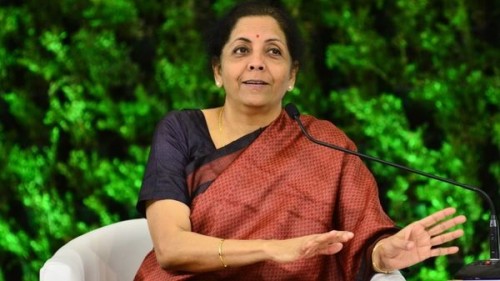
Follow us Now on Telegram ! Get daily 10 - 12 important updates on Business, Finance and Investment. Join our Telegram Channel
Follow us Now on Telegram ! Get daily 10 - 12 important updates on Business, Finance and Investment. Join our Telegram Channel https://t.me/InvestmentGuruIndia
Download Telegram App before Joining the Channel
There is a tide in the affairs of men.
Which, taken at the flood, leads on to fortune;
Omitted, all the voyage of their life
Is bound in shallows and in miseries.
On such a full sea are we now afloat,
And we must take the current when it serves,
Or lose our ventures.
So said Brutus to Cassius in Act IV, Scene 3, of William Shakespeare’s Julius Caesar. And it is what I wish to say to Prime Minister Narendra Modi and finance minister Nirmala Sitharaman. In every government’s term, there is a moment when such a tide comes, and the opportunity must be grabbed, or all is lost. The upcoming Budget is that moment for Modi and Sitharaman to push the next stage of economic reforms. If this opportunity is missed, most will write off India’s growth story.
By economic folklore, crises in India are what bring a tide of opportunity to push through reforms of the political economy. And there are at least four ongoing crises in the economy—jobs, education, agriculture, and the fiscal scenario—and reforms are needed in each of these areas.
First, the government is on the brink of default on a constitutional guarantee to compensate states for their shortfalls in Goods and Services Tax (GST) revenue. For the Centre to consistently keep its commitment, the economy needs to grow at much higher rates, and with a broader tax base, with little incentive or ways to evade taxes. To achieve this, India needs to dramatically simplify its indirect taxes.
This can be done by having a single non-zero GST rate, delivering simplicity in calculating, filing, and auditing the tax. It will reduce classification costs incurred by firms, and the state and central GST councils, and the associated lobbying for lower-rate classification. Higher GST rates for inelastic and luxury goods has spawned a political economy of fake bills. Entire supply chains operate without invoicing and paperwork to escape the GST invoice matching problem. Having a single non-zero GST rate with ease of filing will reduce tax evasion. Even a fraction of vendors incentivized to pay taxes will help discipline others with the invoice matching mechanism. Permitting only a few essentials to be under the zero rate would make awkward exceptions stand out, and with it, the associated tax cronyism. Once simplified, the GST ambit must be broadened to include petroleum, alcohol, property sales, etc.
Second, India is neck deep in an education crisis. India has the largest number of school-going children in the world and also enough schools. But, the government school system is crumbling or non-functional. Between 2010-11 and 2014-15, public school enrolment actually fell by 11.1 million, while enrolments in private schools rose by 16 million. While we could wait for the state school system to improve, the opportunity cost is 250 million unprepared students entering the work force over the next decade. We need to act now by liberalizing education to improve private schools. The government imposes very costly hurdles to set up and then “recognize" a private school. Judges and bureaucrats often order the closure of unrecognized schools that may not meet some input criteria but still provide cheap education. Thus, private schools, while often superior to their public counterparts, are still not able to address the needs of the poor. And so, the government must act now by unleashing the profit motive and private entrepreneurship in an area India needs it most—primary schooling.
Third, the current agricultural crisis is a result of distortive and paternalistic regulation. India can unshackle farmers in six ways and reduce agrarian poverty. One, grant access to regional and global markets which would assure them better prices. They are currently restricted to selling to specific mandis operated by licensed middlemen. Two, end minimum support prices because these incentivize farmers to increase production, and then forces them to dump their produce at lower rates if the government fails to deliver those prices. Three, farmers must be allowed to sell their land to non-farmers or easily convert their land to non-farm use, creating an exit option for low-productivity farms. Four, improve land title systems to reduce uncertainty that depresses land markets and prices. Five, remove regulatory controls on agricultural inputs. And six, lift the ban on agricultural technology imports.
Finally, India has 12-15 million young people entering the economy every year. Given low productivity in agriculture and low job generation in earlier years, the economy must create at least 20 million new jobs each year. But more than 40 Central statutes and over 150 state statutes govern every aspect of the employer-employee relationship and make it extremely costly for firms to hire labour. This has incentivized firms to substitute labour with capital and use informal contracts for workers. Indian labour laws are in urgent need of dismantling, to be replaced with a simple and streamlined code to ensure that firms have incentives to hire.
When India partly liberalized its economy in 1991, there was already a few decades of consensus among economists around dismantling industrial licensing and currency controls. A similar consensus has been built in recent years on some of the issues mentioned above. The tide has come, and Prime Minister Modi “must take the current when it serves", or 1.35 billion Indians could “lose our ventures".
Shruti Rajagopalan is a senior research fellow with the Mercatus Center at George Mason University, US



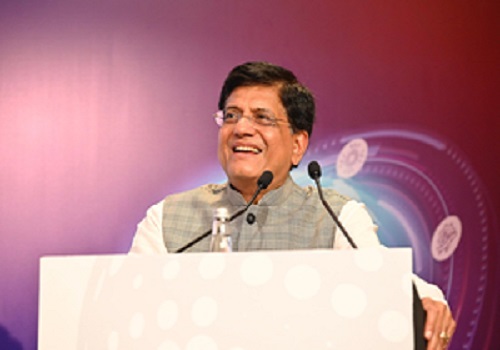

.jpg)




Tag News

How Budget 2023 Impacts Your Personal Finance
